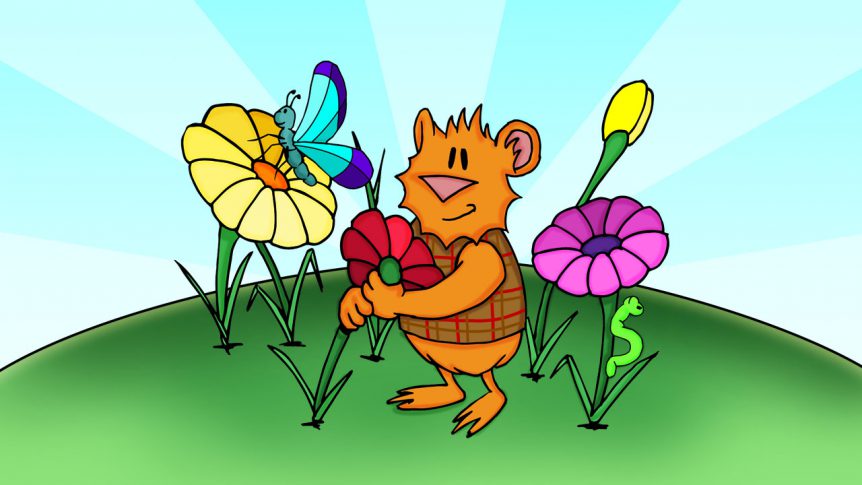April is full of new life, whether it be flowers, grass, or new babies. Animal babies, to be exact! Who doesn’t love a cute, cuddly baby animal? These tiny creatures are miniature copies of their adult counterparts and can be used to teach similarities and differences in animal species.
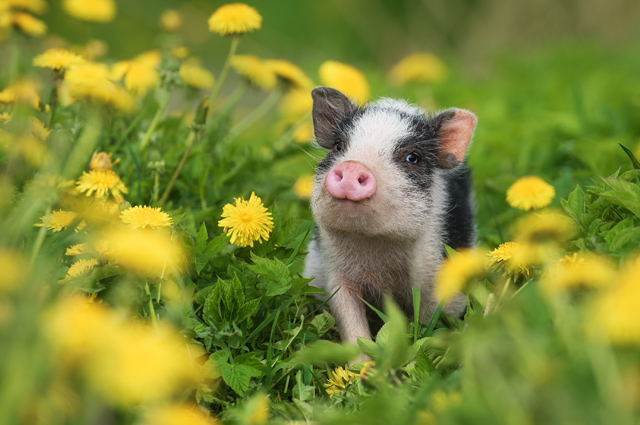
Why do some animals have tails and some do not? Why do some have fur and others have feathers or fins? Why are they so different? This is a great beginning to start a lesson on how we are all different in our own unique way. Some may have tails for balance like cats; some may have them for flying like birds. Some may have tails for communicating like dogs. Fish have tails to help them swim. Differences go beyond physical traits, and these traits are what make us unique.
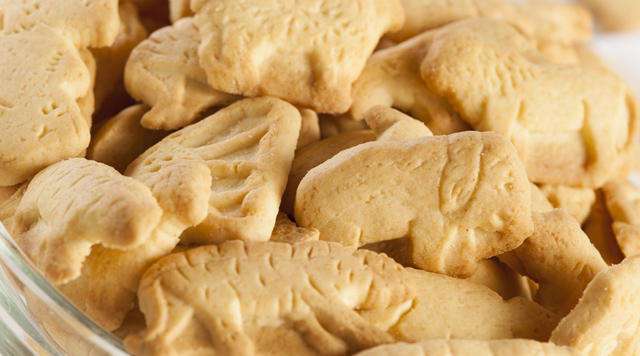
Did you know that April 18 is National Animal cracker day? Have students enjoy a fun snack of animal crackers while they describe the tails of different animals. As students eat, they can discuss why tails serve different purposes. This activity can be a good segue to having students learn about the different habitats that animals live in.
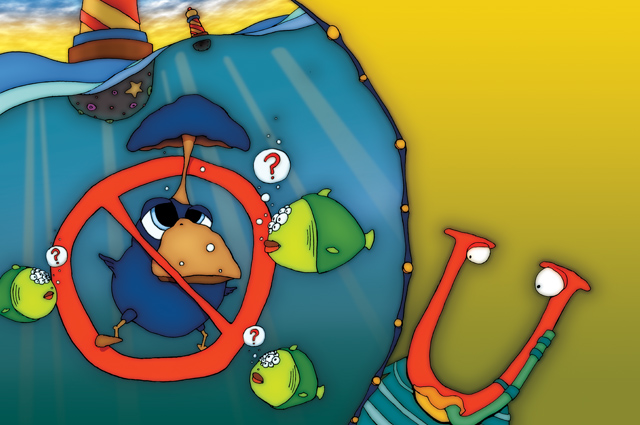
While describing the different types of animals, join the Quirkles® Underwater Utley as he helps his friend, Uzzy Umbrellabird, understand how unique he is and that everyone is unique in their own special way. Then read A Family Visit from the Fuddlebrook® series to learn about heredity, the passing of traits from parents to offspring through genes. Genes make a cat a cat and a dog a dog. Mrs.Wigglebum’s class also discovers how we have similar attributes to our parents but are also unique in our own special way, too.
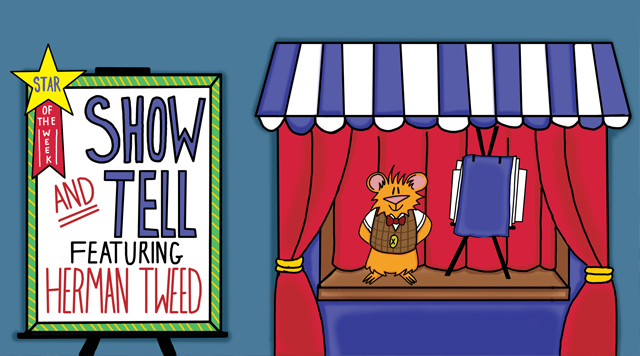
Finally, have fun making your own “ocean” in a lab activity that teaches students about oil and water properties. It also demonstrates that even though oil and water do not mix, they exist and share the same space. Oil and water have their own unique properties, just like animals and people do.

